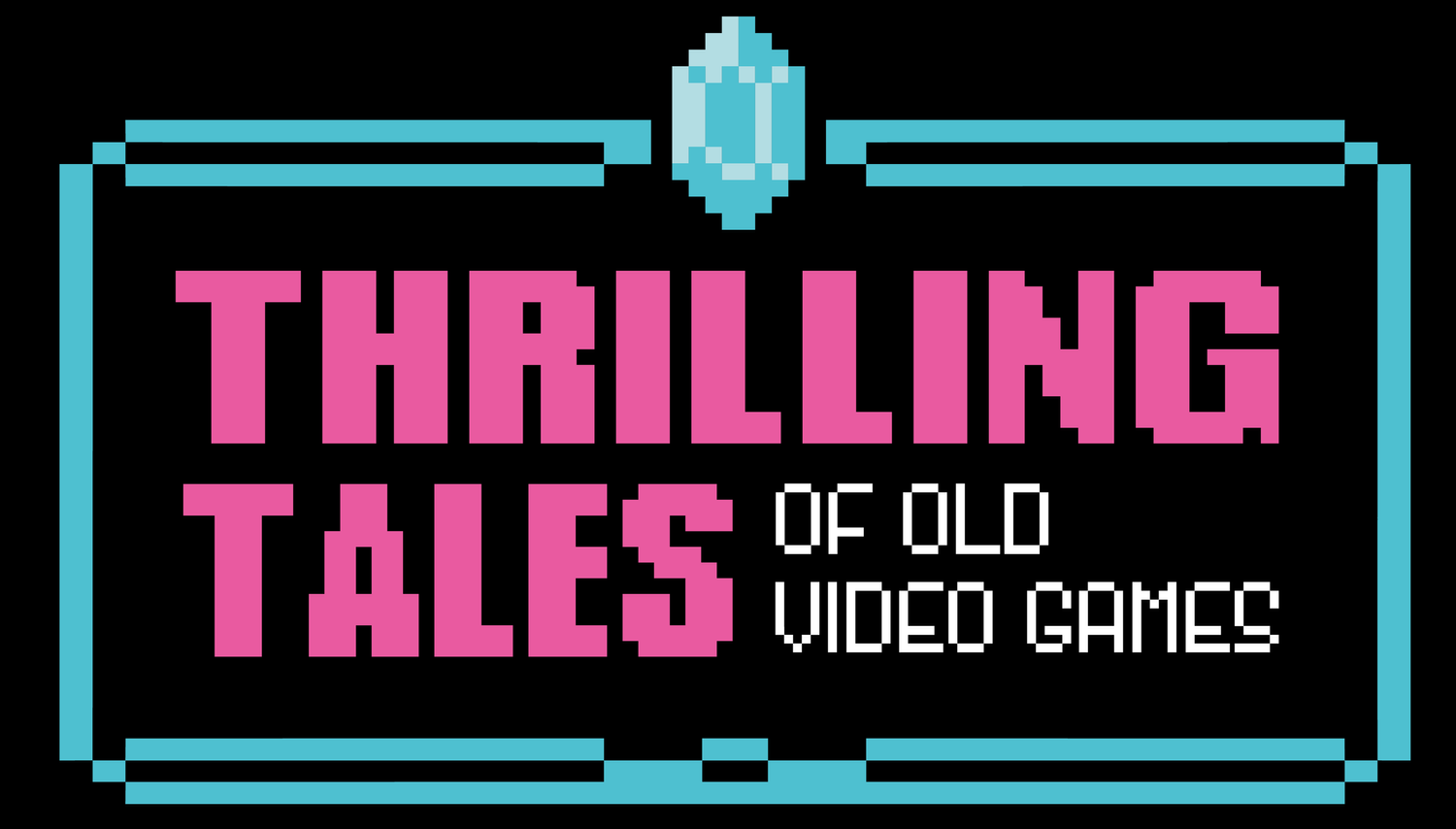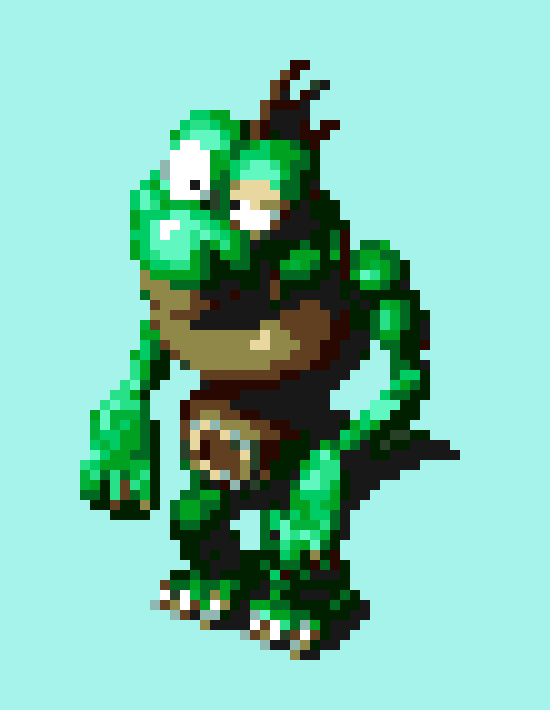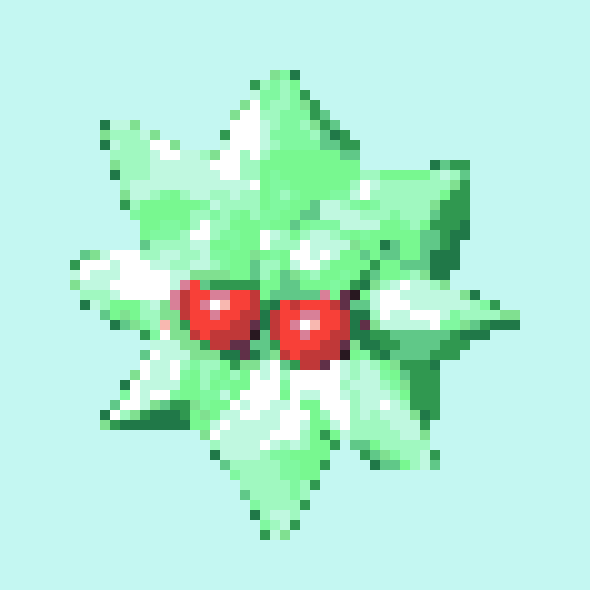Localization Strangeness in the Super Mario RPG Remake
In this post, I will list off some of the notable localization changes made in the remake of Super Mario RPG as well as some of the changes that seem like they should have been made but were not. In general, the remake swaps out certain choices Ted Woolsey made for the original English version of Super Mario RPG in order to bring in game elements — enemies in particular — to fall in line better with Mario series at large. For example, the red fish enemy that was clearly a Cheep-Cheep was called Goby in the original translation, but this was fixed for the remake.
These sorts of changes were not done consistently, however, and as a result, there are more than a few enemies that are supposed to be connected to popular, familiar Mario characters but it’s just not clear in either English version of the game.
For starters, take the first enemy you encounter: the turtle guards in Bowser’s Keep that in both English versions are called Terrapins. In Japanese, they’re Nokohei (ノコへい), a combination of the Japanese name for Koopa Troopa (ノコノコ or Nokonoko), and hei, “soldier”. That last syllable is the same word part you see in the Japanese name for the Bob-Omb (ボム兵 or Bomuhei — literally “bomb soldier”) but what’s more interesting here is that these guys wearing the helmets are just Koopa Troopa soldiers. Curiously, non-soldier Koopa Troopas don’t actually appear anywhere in the game. These Terrapins are Super Mario RPG’s stand-in for Koopa Troopas, even if Para Troopas exist in the game… even if they were dubbed Sky Troopas in the original translation. And while this one might seem obvious, knowing it helps explain why another frequently recurring Super Mario baddie is seemingly missing from the game. (Read more about the history of the Koopa Troopa here.)
Another enemy you fight early on is Spikey, which in Japanese is just Togehei (トゲへい), which is a combination of the Japanese name for the familiar Mario enemy Spiny (Togezō, a play on toge, “spine”) and that aforementioned syllable hei. Literally, the Spikeys are Spiny soldiers — regular Spinies outfitted with armor headpieces sort of in the way that Terrapins are Koopa Troopas outfitted with armor headpieces. But because this one accessory so changes their look, you might not realize that they’re just supposed to be a variation on this enemy you’ve seen in a hundred other Mario games. (The leveled-up version of this enemy, which is purple, has the Japanese name Unihei (ウニへい), which is literally “sea urchin soldier.”)
Original to Super Mario RPG, Frogogs are these weird, amphibian-looking enemies that sort of recall the Kremlings from Donkey Kong Country. They’re not Kremlings, however; according to the Super Mario Wiki, they’re probably a nod to a different Nintendo game altogether. In Japanese, they’re Richādo (リチャード), and this might be a reference to the character Prince Richard from The The Frog for Whom the Bell Tolls, who in that game gets turned into a frog. I’m willing to believe it, but it should be mentioned that the less sentient-looking Gecko enemies also have a proper western name — Reon (レオン), presumably from chameleon — so perhaps reptiles and frogs just have human names in the world of this game.
Super Mario Wiki also has a good theory for the Japanese name of the Octolot, another character seemingly invented for Super Mario RPG. It’s… an octopus that casts magic spells and that floats in the air thanks to a pair of Koopa shells that have bat wings. It’s a lot, design-wise, but I like how it looks so extra but still makes sense in the context of a Mario game. The Japanese name for this enemy is Takoron (タコロン), a combination of the Japanese word for “octopus” (tako, たこ/タコ) and possibly Okutarokku (オクタロック), the Japanese name for the Octorok from Legend of Zelda. In fact, the Super Mario Wiki claims that this Super Mario RPG enemy might be directly inspired by the flying Octoroks from Link’s Awakening, but the source for this info is a post by Super Mario RPG concept artist Kazuyuki Kurashima, but I’m not seeing the connection. Still, seems plausible nonetheless.
The Guerilla enemy is obviously a nod to the Rare redesign of Donkey Kong, which at the time was the other 3D-modeled Nintendo game, and I think that’s conveyed in the English version of the game well enough, but the Japanese name makes it a little clearer that this is a knockoff Donkey Kong we’re dealing with. Its name is Dosokī Yungu, the katakana for which is ドソキーユング and that’s very similar to the katakana for Donkey Kong’s name, ドンキーコング, with the second and fifth characters being swapped out for ones that look a lot like the correct ones, giving the idea that it’s a bad copy or a deliberate counterfeit. (The leveled-up version of this enemy has the Japanese name Bāreru Kongu (バーレルコング), literally “Barrel Kong.”)
Maybe the most obscured callback to a classic Super Mario baddie is the Magmite, which in the game looks more or less like a sentient rock. Even the increased clarity of the Switch remake doesn’t really give you any insight as to what it’s supposed to be, and you’ll get no help from that name, which was re-used from the original localization. In Japanese, however, it’s called Magumetto (マグメット), and that name is a portmanteau of maguma (マグマ), “magma,” and Metto (メット), the Japanese name for Buzzy Beetle. Which means, yep, this isn’t a living chunk of rock so much as a Buzzy Beetle variant who’s sporting magma rocks on its back as an even harder shell. (Do read this post for more history on this underappreciated character, including an explanation of why it’s not actually a beetle.)
In the Star Hill region, you encounter an enemy called Pulsar that looks to be formed of chunks of green crystal. Its Japanese name, Rupī (ルピー), seems to be a reference to the fact that these green crystals look a lot like the Rupees from Legend of Zelda.
The specific character Jagger, who is one of the Terrapins in Bowser’s Koopa Troop, is named Nokoyan (ノコヤン) in the original Japanese. According to the Super Mario Wiki, this is a reference to Yang, the martial artist character from Final Fantasy IV. This could make sense, as it’s not the only reference to Squaresoft media in Super Mario RPG, and also Jagger ends up training in a dojo later in the game. Also, in researching this, I found that technically speaking Yang’s name (ヤン) is pronounced to rhyme with pan or fan rather than pang or fang.
There’s a version of the Mimic enemy that shows up in Super Mario RPG, and I’m impressed how the remake changed the name to better reflect the kind of wordplay the original Japanese was going for. In the original English localization, this monster was called Pandorite, which is not a bad name for an evil treasure box. However, the remake calls it Huhwhat, and that seems to be an effort to mirror its original Japanese name, Nandarō (ナンダロウ), which is the katakana rendering of the Japanese phrase nan darō (なんだろう), meaning something like “I wonder what” or “What could it be?” All the stronger versions of this enemy have similar names in Japanese, and the remake localization continued the trend: Whuhoh, Pleaseno, and Comeon, whereas the original localization called them Hidon, Box Boy and Chester.
The Bahamutt enemy, as it’s localized in either English version, is a pretty clear nod toward the famous Final Fantasy dragon, but curiously the original Japanese name is Dosshī (ドッシー), a combination of Yoshi’s name and dragon. (There’s a larger discussion of Yoshi and other Super Mario dragons and dinosaurs being named in reference to Nessie, which you can read here.) You have to wonder why both localizations opted to make this reference a Final Fantasy one when the model for Bahamutt is clearly a gussied-up version of the model for Yoshi. It’s Yoshi in RPG drag, more or less.
Finally, there’s a potential connection to another game that existed in the original translation but was lost in the remake. Considering how oddball the original enemies in Super Mario RPG can be, one that stood out for being exceptionally cute was the Mukukmuku, which in the remake was renamed Thropher, because it’s essentially a gopher that throws stuff at you. Whatever the name, this one-off character resembles the Ratooey, a character that exists in Paper Mario: The Thousand-Year Door. The Ratooey’s Japanese name is Mokomoko (モコモコ), which can mean “soft,” “fluffy” or “bulging.” I suppose it’s possible that this could be a callback to the Mukumuku, whose name in Japanese (ムクムク) can mean “plump,” “chubby” or “shaggy,” among other things. But that could also just be a case of Japanese sound symbolism words having similar structure. This connection was brought to my attention in a comment on this post about how the Shaman character from Super Mario RPG is one of the rare characters to originate in this game but to appear in later Mario games.
Those are all the notable ones I could find. I don’t post this to criticize one translation over another so much as just marvel at the decision-making processes that lead to different interpretations of the same material. Except for Marshmallow Kingdom, which is objectively a better name than Nimbus Land. We are worse off for this pun not having been restored in the Switch remake.
Miscellaneous Notes
Maybe I’m the only one, but I just today realized something about Super Mario RPG despite having played the original through many times back in the day. In the original game, there are a series of soda items that you can use in battle to restore health. One of them is termed Froggie Drink in the Super NES localization but Tadpola Cola in the Switch remake. Only looking at the higher-res image of this item did I realize the design on the cup is supposed to look like both a musical note and a tadpole. And this made me realize that it’s not coincidental that Super Mario RPG has a whole optional area involving the Toad composer Toadofsky composing music at the Tadpole Pond. The reason you’re arranging tadpoles in a pond along five lines floating in the water is that tadpoles look more or less like music notes. This never occurred to me until now.
Some localization mysteries remain. The Hobgoblin, an enemy original to Super Mario RPG has the Japanese name Piēru (ピエール), “Pierre,” and I”m at a loss to think of a reason why. The powered-up version of this enemy, called Strawhead in both English translations, is Edowādo (エドワード), “Edward” — equally confusing.
Several of the flower-themed monsters in the game are given western female names in Japanese. The Snapdragon is Ivu (イヴ), “Eve,” and I guess the Biblical Eve does have an association with gardens, but the creepy-looking carrot enemy, Carroboscis, is Kyarorain (キャロライン), “Caroline,” apparently a pun on kyarotto (キャロット), “carrot.” The Japanese name for the Megasmilax boss, which is an especially large and vicious Piranha Plant, is also feminine: Kwīn Furawā (クィーンフラワー), literally “Queen Flower.”












